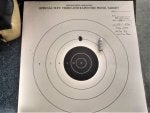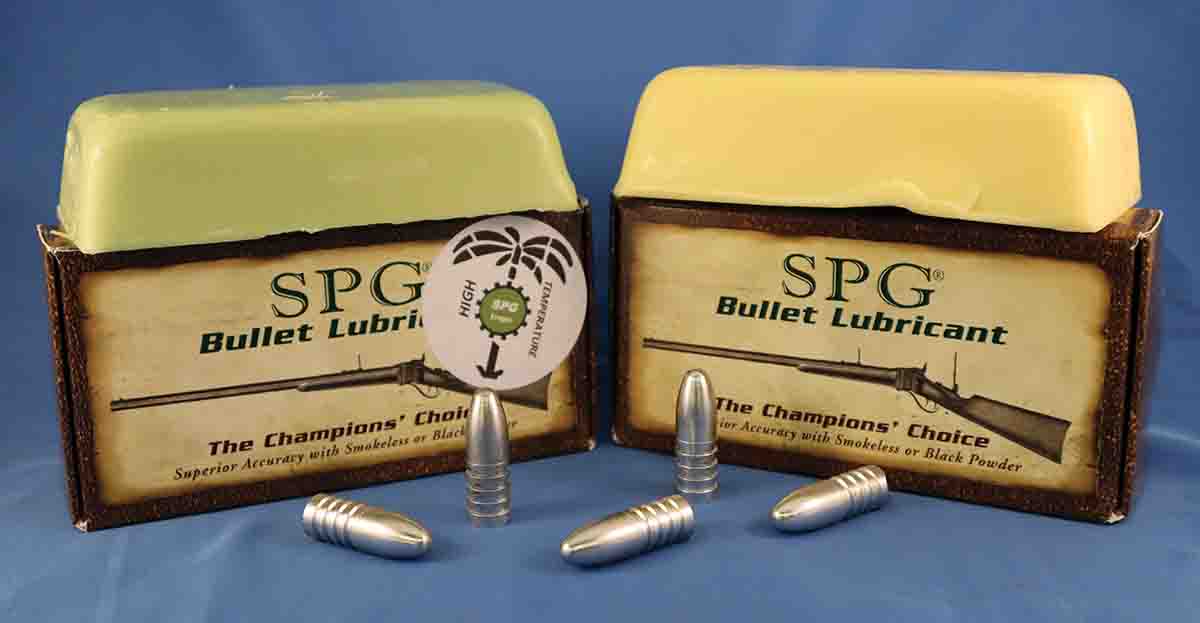I'll add to what Pappy said, and say use a good wad. Vegetable fiber is fine but buy them .060. You need to protect the base of the bullet as best as possible. I run .060 polymer because they're rule book legal, but a lot of people use vegetable fiber.
Attached below is an example of the measurements you'll need to know to make sure your distance from the wad to the mouth of the case is exact. Despite common belief, air pockets are not dangerous with REAL black powder. Most of the "blow your gun up, bulge your barrel" myth comes from substitues like pyrodex. The original 45-55-405 load for the carbines had a significant air space between the powder and the bullet. The reason you want to try and reduce that gap as much as possible by using the mathematical equation below is to keep the wad and powder column from slamming against the base of the bullet and slumping it.
Loading blackpowder is really not that big of a deal. The only people that make a huge deal about it are those that don't do it. Just make sure you use a good lube, a good wad, and the right alloy, and the rest falls into place with a little bit of tinkering.
One last thing, pistol primers are best. Start working up your load with a standard large rifle, but once you have a load you like do try it with a pistol primer. I shoot nothing but large pistol primers for match purposes as they drop my standard deviation considerably, which is imperative out to the ram line. You may want to prime thru construction paper, news paper, or any paper for that matter. This keeps powder dust out of the primer and will also help to drop standard deviation and shrink group sizes. Some people believe this "slows" the primer down. It doesn't.
![]()









